Current Characteristics of Inductor Catalog Values. | Helpful Trivia For Coil Users
Current Characteristics of Inductor Catalog Values
Have you ever had a problem for the discrepancy between specification sheet and an actual value?
When we measured other competitor's product, we found out there are some discrepancies between specification sheet
and an actual value.
1 DC Saturation allowable current (Isat)
All of suppliers are setting the decline rate, and there are various ways such as 10%, 20%, 30% and so on.
2 Temperature rise allowable current (Irat)
All of suppliers are setting the value of Irat current with self-heating situation with applying current on circuit
board,
Furthermore, it changes greatly depending on the measurement environment regarding the amount of heat generate.
Now we are showing how much the value changes depending on the circuit board.
| Part Number | Inductance(µH) | DCR(Ω)±30% | DC Saturation Allowable Current (A) | Temperature Rise Allowable Current (A) | ||
|---|---|---|---|---|---|---|
| Max | Typical | Max | Typical | |||
CER1277C-2R2N |
2.2±30% | 0.007 | 17.7 | 11.6 | 9.6 | 6.85 |
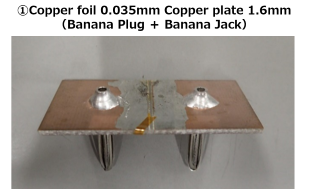
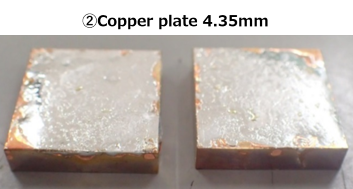
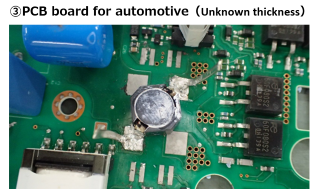
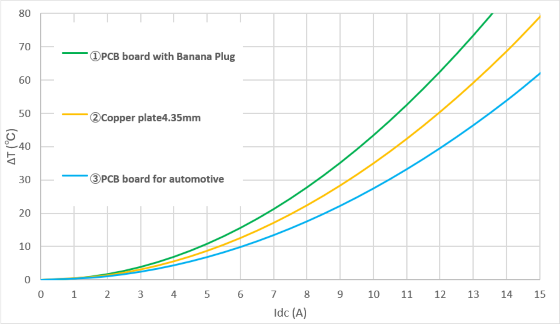
Note: The above characteristic values are based on our measurement data. The values above are typical values, not specification values
It appears about 1.3 times difference among 3 experiments for heating characteristics.
We are complying to *JIS standard. However since users have different impressions about the catalog, any supplier
sets up preferable measurement condition for themselves.
Even if the DCR values are close, the catalog specification may not look good to ours.

Power inductor made of metal has those feature.
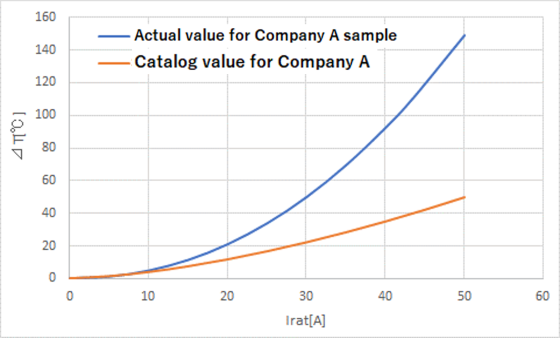
This is the result which we implemented the measurement using company A sample.
There is a difference of 1.5 times between our result and their catalog value!!
Conclusion
If you would like to compare each product at the specification value from catalog, you could find out right data with comparing to DCR specification value.
When you have samples which DCR values are close and the values of Temperature rise allowable current(Irat)looks good, you could have a good choice with comparing to DCR typical value since there may be a difference of the condition such as measurement environment.
- Some of the products listed in this document are no longer in production.
- As some time has passed since the article was written, the information provided may still contain outdated content.
Helpful Trivia For Coil Users
